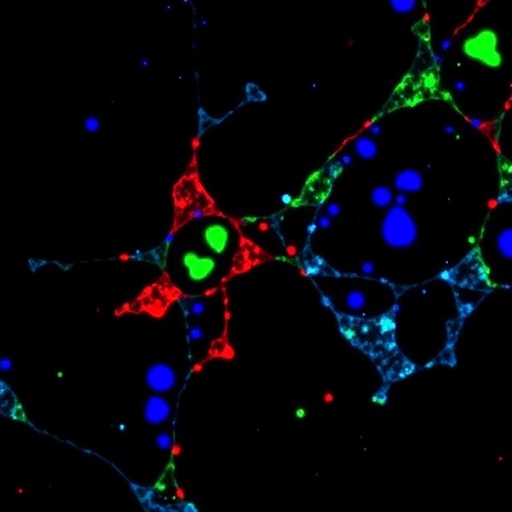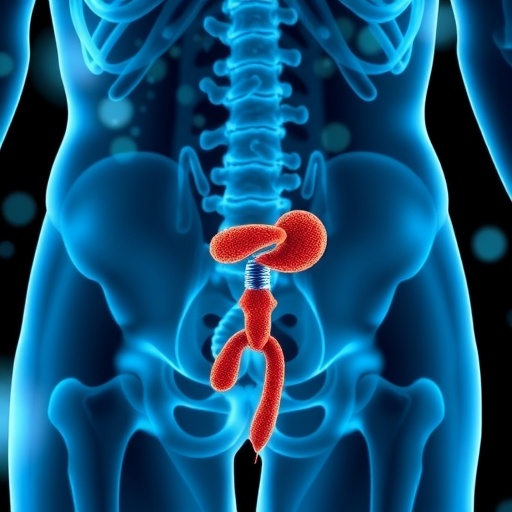Researchers at CDDEP, the University of California, Riverside and Harvard T.H. Chan School of Public Health assessed the long-term associations of the Hib vaccine with anthropometric, cognitive, and schooling outcomes among Indian children
Washington, DC – India accounts for the highest number of Haemophilus influenzae type b (Hib) cases and Hib- associated deaths in the world. The bacterial pathogen killed an estimated 15,600 Indian children aged 1-59 months in 2015. In a majority of cases, Hib causes pneumonia and bacterial meningitis, which can lead to long-term consequences in children under age five such as stunting, decreased productivity and schooling outcomes, and increased risk of other diseases. Hib immunization was incorporated into the pentavalent vaccine in India in 2011 and now protects 88 percent of Indian children under age two, although the Hib burden remains high. While the long-term negative effects of Hib infection in high-income countries are known, little evidence exists on the associated outcomes of Hib infection in low- and middle- income countries.
To investigate the associations between Hib vaccination status and anthropometric, cognitive, and schooling outcomes among Indian children, researchers examined Z-scores of height- for-age (HAZ) and BMI-for-age (BMIZ), percentage scores of English, mathematics, reading, and Peabody Picture Vocabulary tests, and highest schooling grade attainment among 1,824 Hib-vaccinated and unvaccinated children. Propensity score matching was used to control for systematic differences between the two groups.
Researchers analyzed data on reported vaccination receipts, household socioeconomic characteristics, and child anthropometric, cognitive, and schooling outcomes in India from a cohort of children enrolled in the Young Lives Survey (YLS), a longitudinal study assessing childhood poverty. Anthropometric, cognition, and schooling indicators were evaluated across Hib-vaccination groups using the 2013 and 2016 YLS surveys.
The study found that at ages 11-12 years, Hib-vaccinated children had significantly higher HAZ scores (an increase of 0.25, P
Overall, results indicate that Hib vaccination prior to age six is associated with improved long-term health, cognition, and schooling outcomes among children in India, which also implies an associated economic gain.
“Hib vaccination is a critical component of the pentavalent vaccine, which was introduced in 2011. Although we tend to focus on short term consequences of immunization, this study shows that the effect of Hib vaccination on schooling and cognitive development can be significant. Denying children vaccines is effectively denying them access to these benefits that persist through their lives” according to study co-author and CDDEP director, Ramanan Laxminarayan.
###
The study titled, “Haemophilus influenzae type b vaccination and anthropometric, cognitive, and schooling outcomes among Indian children” was published on June 10, 2019 in Annals of the New York Academy of Sciences and is available online here.
About the Center for Disease Dynamics, Economics & Policy
The Center for Disease Dynamics, Economics & Policy (CDDEP) produces independent, multidisciplinary research to advance the health and wellbeing of human populations around the world. CDDEP projects are global in scope, spanning Africa, Asia, and North America and include scientific studies and policy engagement. The CDDEP team is experienced in addressing country-specific and regional issues, as well as the local and global aspects of global challenges, such as antibiotic resistance and pandemic influenza. CDDEP research is notable for innovative approaches to design and analysis, which are shared widely through publications, presentations and web-based programs. CDDEP has offices in Washington, D.C. and New Delhi and relies on a distinguished team of scientists, public health experts and economists.
Media Contact
Kayli Hiban
[email protected]




